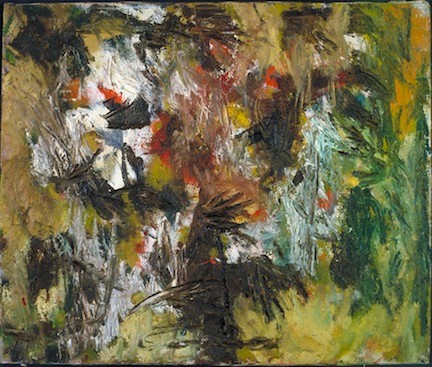Long Island's art scene
Welcoming spring at area museums
As we spring forth into the new season, the region’s museums are ready to renew and refresh our spirits. Here’s a sampling of what’s on view.
‘AB-EX/RE-CON’ at Nassau County Museum of Art
The curtain went up on Nassau County Museum of Art’s latest exhibit earlier this month. “AB-EX/RE-CON: Abstract Expressionism Reconsidered,” explores both the best known and less familiar practitioners of abstract and gestural painting who dominated American art, criticism and commentary beginning in the late 1940s and throughout the 1950s.
These abstract sxpressionist artists rejected the mass cultural values that were being formulated in the U.S. during the mid-20th century, searching for alternatives to the consumer and advertising culture that had become prevalent in post-World War II America. The results of their efforts to embrace a different cultural viewpoint, from their base in New York (and Long Island), are the focus of this retrospective.
The exhibit highlights works by the legendary stars of abstract expressionism: Richard Diebenkorn, Helen Frankenthaler, Hans Hofmann, Jimmy Ernst, Franz Kline, Robert Motherwell and Mark Rothko. It also gives visitors a look at some of the lesser-known but highly regarded artists of the movement, among them Fritz Bultman and Jon Schueler. Schueler was influenced by Clyfford Still (his teacher) and Milton Avery, and became a part of the New York School of artists.
In addition, three separate smaller exhibits focus on abstract expressionists working today: Judith Godwin in New York City, Long Island’s Stan Brodsky, and Rita Rogers in Rhode Island.
Over 50 artists in all are represented, in the museum’s effort to recognize the many who have contributed to this movement, according to Karl E. Willers, the museum’s director, who organized the exhibition with his curatorial staff. “We have some of the best known names in post-war American art, with also a lot of practitioners of abstract expressionism who people are less familiar with, but who are worthy of more recognition in American culture.”

 48.0°,
Overcast
48.0°,
Overcast 




